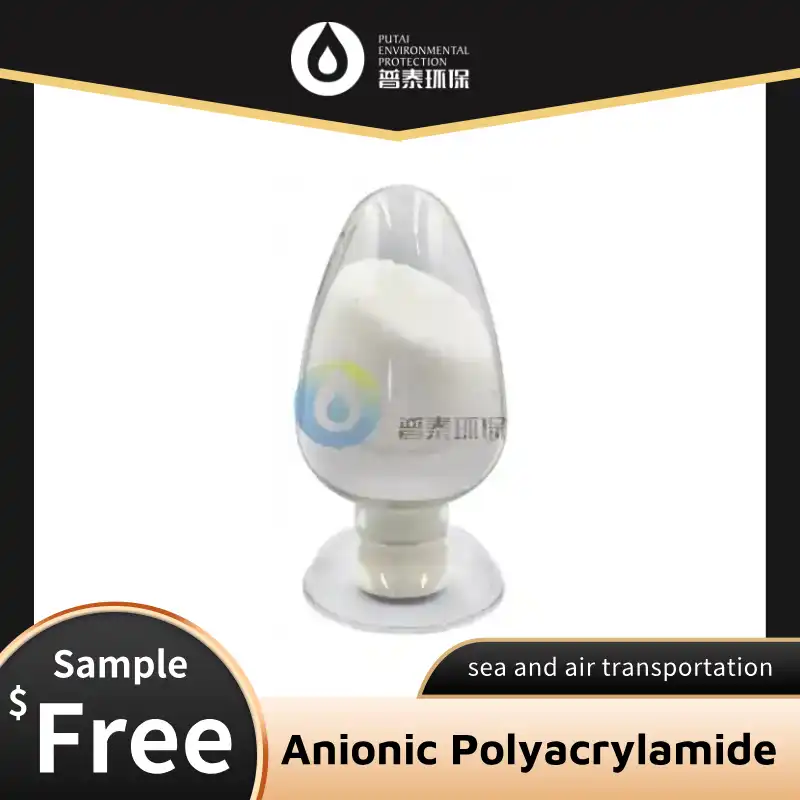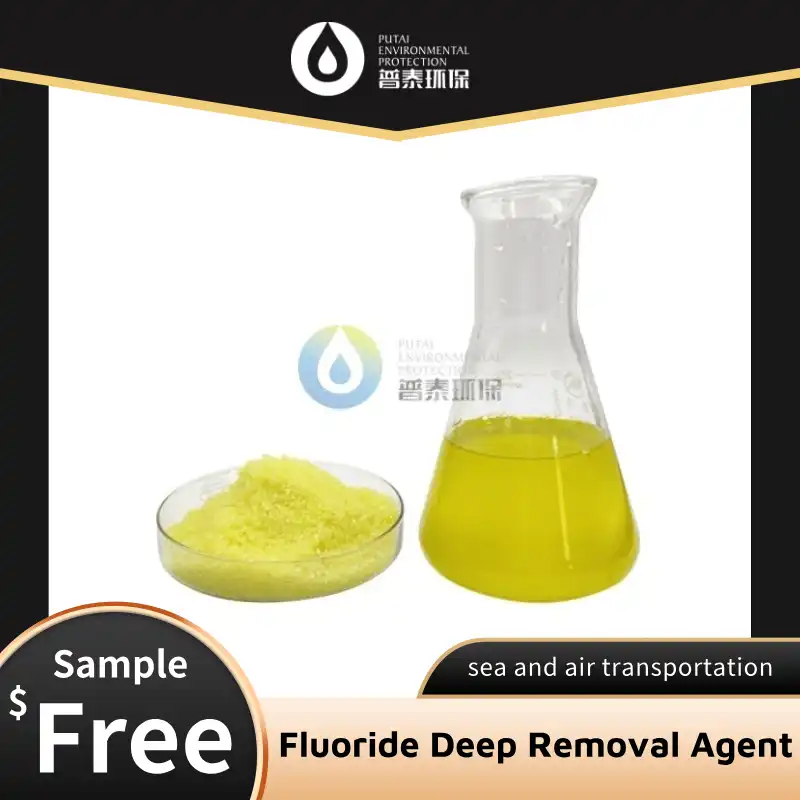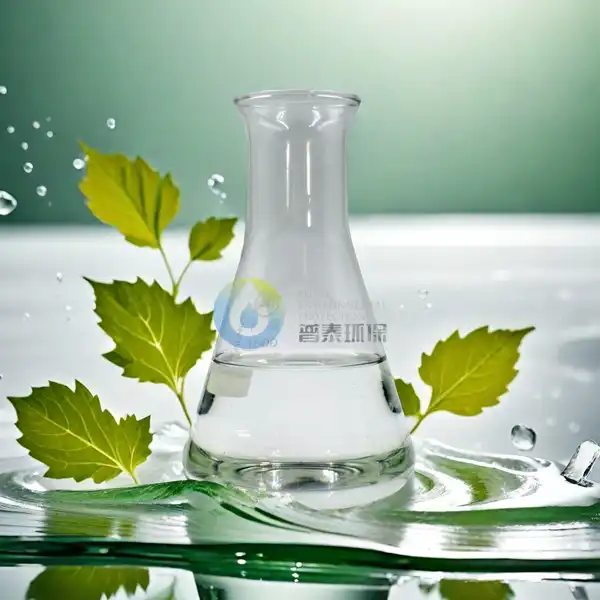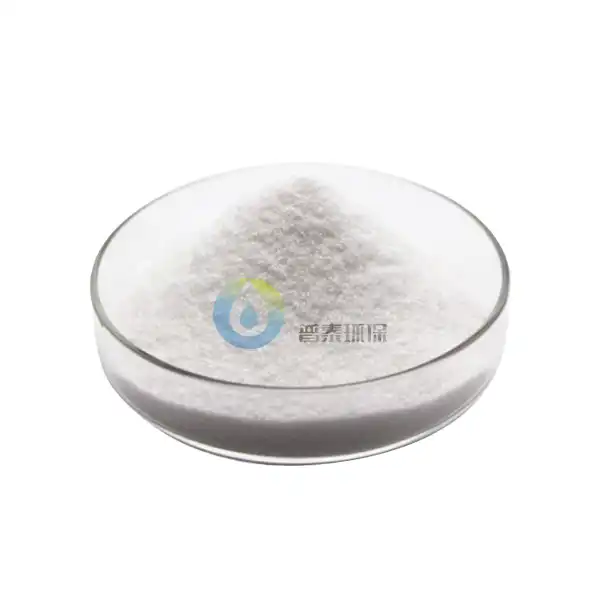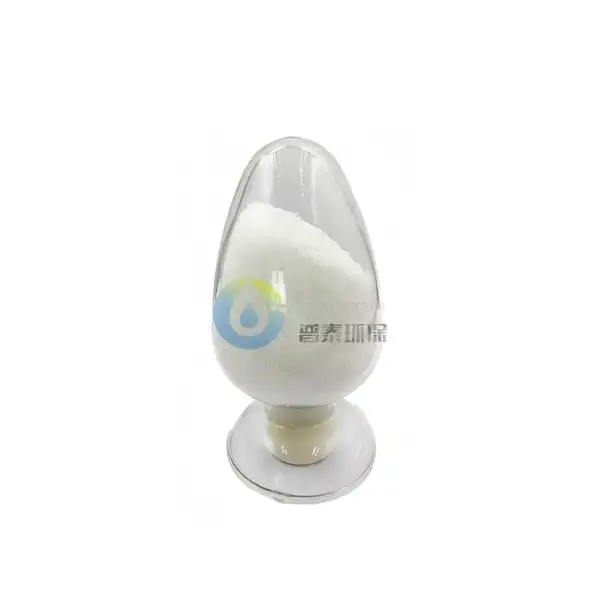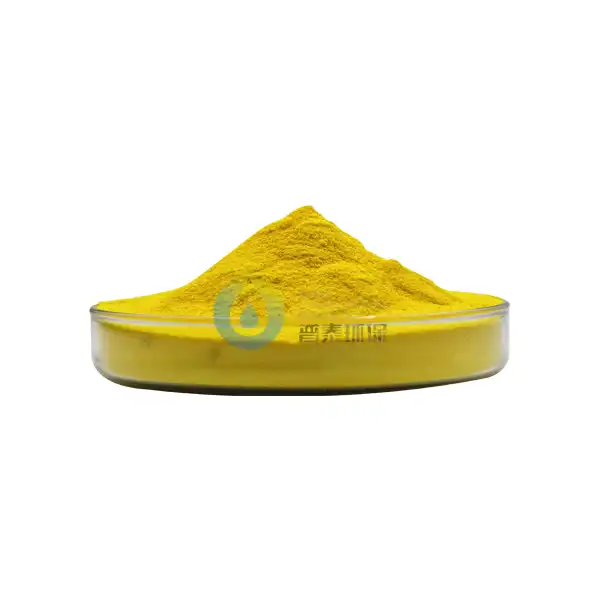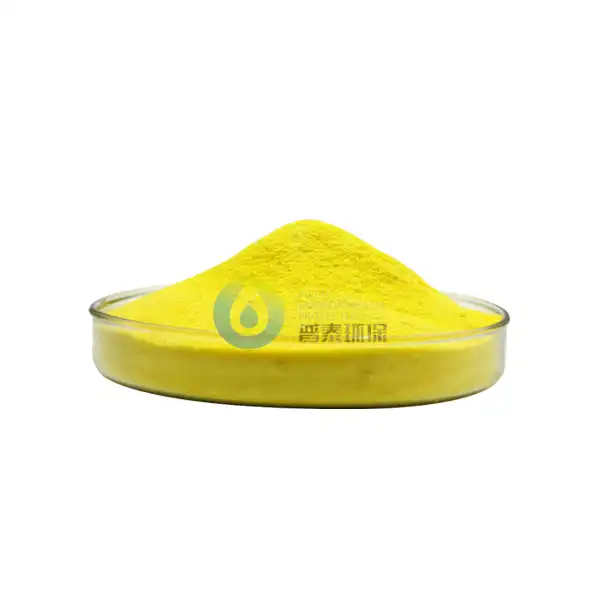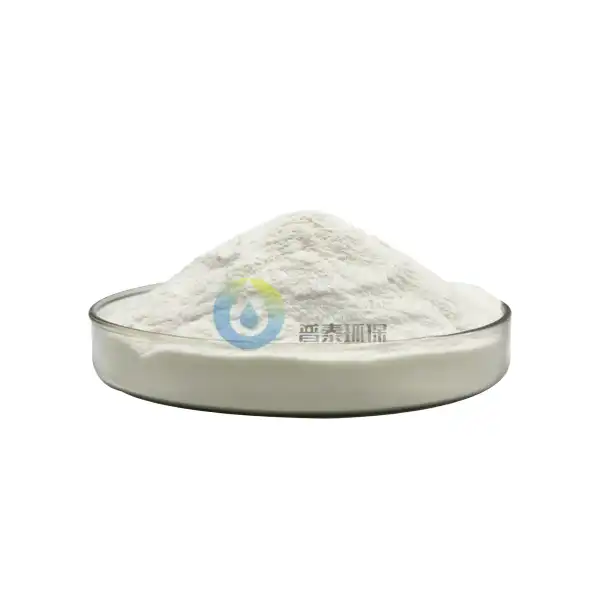How Do You Store and Handle OEM Polyaluminum Chloride Safely?
Polyaluminum Chloride (PAC) is a widely used water treatment chemical that requires proper handling and storage to maintain its effectiveness and ensure safety. As an OEM product, Polyaluminum Chloride demands specific attention to storage conditions, handling procedures, and safety protocols. This comprehensive guide explores best practices for safely managing OEM Polyaluminum Chloride in industrial and water treatment facilities.
What are the proper storage conditions for OEM Polyaluminum Chloride?
Temperature Control Requirements for PAC Storage
OEM Polyaluminum Chloride requires careful temperature management during storage to maintain its chemical stability and effectiveness. The ideal storage temperature for OEM Polyaluminum Chloride typically ranges between 0°C and 35°C (32°F to 95°F). Exposure to extreme temperatures can alter the chemical composition of PAC, potentially leading to reduced efficacy or even crystallization in cold conditions. When storing OEM Polyaluminum Chloride, facilities should implement temperature monitoring systems in storage areas to ensure consistent conditions. Climate-controlled warehousing is particularly important in regions with significant seasonal temperature variations. For liquid OEM Polyaluminum Chloride formulations, insulated storage tanks may be necessary to maintain stable temperatures and prevent freezing during winter months, which can cause irreversible damage to the product's molecular structure and performance characteristics.
Container Materials and Compatibility Considerations
Selecting appropriate containment materials is crucial when storing OEM Polyaluminum Chloride due to its corrosive properties. The recommended materials for PAC storage include high-density polyethylene (HDPE), fiberglass-reinforced plastic (FRP), or rubber-lined steel containers. These materials resist the corrosive effects of OEM Polyaluminum Chloride and maintain the integrity of both the container and the chemical. Metal containers without appropriate lining should be avoided as OEM Polyaluminum Chloride can cause significant corrosion, leading to container failure and potential chemical spills. When using bulk storage tanks for OEM Polyaluminum Chloride, regular inspection of tank walls, valves, and fittings is essential to detect any signs of deterioration or potential leakage points. Additionally, all piping, pumps, and transfer equipment that come into contact with OEM Polyaluminum Chloride should be constructed from compatible materials like PVC, CPVC, or appropriate rubber compounds to prevent system failures and maintain chemical purity.
Shelf Life and Quality Preservation Strategies
OEM Polyaluminum Chloride has a finite shelf life that varies depending on its specific formulation, concentration, and storage conditions. Generally, properly stored PAC can maintain its effectiveness for 6-12 months. To preserve the quality of OEM Polyaluminum Chloride throughout its shelf life, several strategies should be implemented. First, storage tanks and containers should be sealed properly to prevent air exposure, which can lead to oxidation and degradation of the product. Implementing a first-in, first-out (FIFO) inventory system ensures that older OEM Polyaluminum Chloride stocks are used before newer shipments, reducing the risk of using expired product. Regular quality testing of stored OEM Polyaluminum Chloride is advisable, particularly for basicity, aluminum content, and appearance, to confirm the product remains within specifications. For long-term storage, gentle agitation systems in storage tanks can prevent settling and stratification of liquid OEM Polyaluminum Chloride, maintaining uniform product quality throughout the storage period.
How do you safely handle OEM Polyaluminum Chloride during transfer and application?
Personal Protective Equipment Requirements
Working with OEM Polyaluminum Chloride necessitates appropriate personal protective equipment (PPE) to prevent potential chemical exposure and ensure worker safety. The basic PPE ensemble for handling OEM Polyaluminum Chloride should include chemical-resistant gloves made of materials such as neoprene, nitrile, or butyl rubber that provide adequate protection against chemical splashes and direct contact. Eye protection in the form of chemical splash goggles or a full-face shield is essential when transferring OEM Polyaluminum Chloride or working with open containers, as the chemical can cause serious eye irritation or damage upon contact. Workers should also wear chemical-resistant clothing, including aprons or coveralls, particularly when handling concentrated OEM Polyaluminum Chloride solutions, to protect against skin contact which can cause irritation. Respiratory protection may be necessary when there is a risk of aerosol or mist formation during the handling of OEM Polyaluminum Chloride, especially in poorly ventilated areas or during processes involving agitation or spraying. All PPE should be regularly inspected, maintained, and replaced as needed to ensure continued protection when working with OEM Polyaluminum Chloride in industrial settings.
Transfer and Dosing System Recommendations
Efficient and safe transfer of OEM Polyaluminum Chloride requires properly designed systems that minimize exposure risks while maintaining product integrity. Closed transfer systems are strongly recommended when moving OEM Polyaluminum Chloride between containers or into application equipment, as they prevent splashing, spills, and vapor release. Pumping equipment for OEM Polyaluminum Chloride should utilize materials resistant to corrosion, such as plastic-lined or magnetic drive pumps with appropriate seals designed for chemical compatibility. Automated dosing systems provide precise control of OEM Polyaluminum Chloride application rates while reducing direct handling requirements; these systems should incorporate flow meters, level sensors, and automatic shutoffs to prevent overdosing or spills. Regular maintenance of transfer equipment is crucial, including inspection of hoses, connections, valves, and pumps that contact OEM Polyaluminum Chloride, as these components are particularly susceptible to wear from chemical exposure. When designing new transfer systems for OEM Polyaluminum Chloride, consider incorporating secondary containment measures such as drip trays, containment basins, or double-walled pipes to capture and contain any potential leaks or spills during the transfer process.
Emergency Response Procedures for Spills and Exposures
Despite preventive measures, facilities handling OEM Polyaluminum Chloride must be prepared for potential emergencies including spills or personal exposure incidents. A comprehensive emergency response plan for OEM Polyaluminum Chloride should include clearly defined procedures for small and large spill containment, designated emergency response team members, and regular drills to ensure preparedness. For OEM Polyaluminum Chloride spill management, appropriate spill control materials should be readily available, including absorbent materials compatible with acidic chemicals, neutralizing agents such as lime or soda ash, and containment booms to prevent spread into drainage systems or water bodies. Personal exposure protocols should outline immediate first aid measures: flushing affected skin areas with water for at least 15 minutes, removing contaminated clothing, and seeking prompt medical attention for any direct contact with OEM Polyaluminum Chloride. Proper documentation systems for incident reporting should be established to record any accidents involving OEM Polyaluminum Chloride, analyzing root causes and implementing corrective actions to prevent recurrence. Environmental considerations must also be addressed in emergency planning, including procedures to prevent OEM Polyaluminum Chloride from entering waterways where it could alter pH levels and impact aquatic ecosystems.
What are the environmental and regulatory considerations for OEM Polyaluminum Chloride management?
Disposal Guidelines and Environmental Impact
Proper disposal of OEM Polyaluminum Chloride is essential to minimize environmental impact and comply with applicable regulations. When OEM Polyaluminum Chloride solutions require disposal, neutralization is typically the first step; this involves carefully adjusting the pH of the solution using appropriate bases like sodium hydroxide or lime under controlled conditions to reduce its corrosive properties. Dilution of OEM Polyaluminum Chloride waste streams may be necessary before discharge, but this should only be done in accordance with local wastewater discharge permits as inappropriate dilution can still result in environmental harm from aluminum content. Used containers that previously held OEM Polyaluminum Chloride require special attention; they should be thoroughly rinsed with the rinsate collected for proper disposal rather than discharged to general drainage systems, and the cleaned containers should be recycled or disposed of according to local regulations for chemical packaging waste. Environmental monitoring around facilities that regularly use OEM Polyaluminum Chloride is recommended, particularly focusing on soil and water testing for aluminum levels and pH changes that might indicate leakage or improper disposal practices. Working with certified waste management contractors who specialize in chemical waste can ensure that all OEM Polyaluminum Chloride waste materials are handled in compliance with environmental regulations and industry best practices.
Regulatory Compliance and Documentation
Managing OEM Polyaluminum Chloride in compliance with regulations requires thorough documentation and adherence to various chemical management standards. Facilities using OEM Polyaluminum Chloride must maintain current Safety Data Sheets (SDS) that detail the product's composition, hazards, handling precautions, and emergency procedures; these documents should be readily accessible to all employees working with or around the chemical. Chemical inventory management systems for tracking OEM Polyaluminum Chloride quantities, storage locations, and usage patterns are essential for regulatory reporting requirements such as Tier II reports under EPCRA (Emergency Planning and Community Right-to-Know Act) in the United States or similar regulations in other countries. Employee training records documenting that personnel have been properly instructed in the safe handling of OEM Polyaluminum Chloride should be maintained and updated regularly, including specialized training for emergency response team members. For water treatment applications, facilities must ensure that their use of OEM Polyaluminum Chloride complies with drinking water standards, including NSF/ANSI 60 certification in the United States or equivalent standards in other jurisdictions, which may require periodic verification testing and documentation of chemical purity.
Transportation and Shipping Requirements
Transporting OEM Polyaluminum Chloride safely requires adherence to specific regulations governing hazardous materials shipment. OEM Polyaluminum Chloride is typically classified as a corrosive substance (Class 8) under transportation regulations, requiring proper hazard labeling, placarding, and shipping documentation when transported in quantities exceeding threshold limits. Vehicles transporting OEM Polyaluminum Chloride should be equipped with appropriate spill containment equipment, and drivers should receive specialized training in handling hazardous materials and emergency response procedures specific to corrosive chemicals. Packaging for OEM Polyaluminum Chloride shipments must meet UN performance standards for corrosive materials, including appropriate pressure testing, drop resistance, and chemical compatibility for the specific concentration being transported. International shipments of OEM Polyaluminum Chloride may require additional documentation such as export permits, customs declarations, and compliance with the receiving country's chemical import regulations. Chain-of-custody documentation throughout the transportation process helps ensure that OEM Polyaluminum Chloride shipments are properly handled at each stage of transit and provides traceability in case of incidents during transportation.
Conclusion
Safe storage and handling of OEM Polyaluminum Chloride requires attention to proper temperature control, container compatibility, PPE usage, and regulatory compliance. By implementing robust safety protocols for storage, transfer, application, and emergency response, facilities can minimize risks associated with this essential water treatment chemical. Organizations must stay current with environmental regulations and maintain comprehensive documentation to ensure responsible management throughout the product lifecycle.
Xi'an Putai Environmental Protection Co., Ltd. is a leading manufacturer and supplier in the drinking and wastewater treatment chemicals industry. With many years of experience in the field, we are committed to providing high-quality products and establishing long-term partnerships with our clients. Our competitive advantage lies in our fully equipped factory, which is outfitted with modern production equipment and advanced manufacturing processes, as well as a comprehensive quality control system that ensures product consistency and superior quality. Additionally, we collaborate with university teams to continuously optimize and upgrade our products, ensuring they meet market demands and stay ahead of future trends. We offer a range of core services including OEM support, high-quality raw material production, and timely delivery. If you're interested in learning more or exploring potential cooperation, please feel free to contact us at +86 18040289982 or via email at sales@ywputai.com. We look forward to the opportunity to work with you.
References
1. National Association of Chemical Distributors. (2023). Guidelines for Safe Handling and Storage of Water Treatment Chemicals. Chemical Safety Series, Vol. 14, 78-92.
2. American Water Works Association. (2022). Standard for Polyaluminum Chloride. AWWA B408-18, Denver, CO.
3. Zhao, Y., & Wang, L. (2024). Industrial Safety Management: Handling Inorganic Coagulants in Water Treatment. Journal of Environmental Chemical Engineering, 12(3), 215-231.
4. International Organization for Standardization. (2023). Environmental Management Systems—Requirements with Guidance for Use in Chemical Manufacturing. ISO 14001:2023.
5. Smith, J.R., & Johnson, T.K. (2024). Best Practices for Industrial Chemical Storage: Focus on Water Treatment Compounds. Industrial Safety Quarterly, 41(2), 103-118.
6. World Health Organization. (2023). Guidelines for Drinking-water Quality: Chemical Safety in Drinking-water Treatment. WHO Technical Report Series, Geneva.

